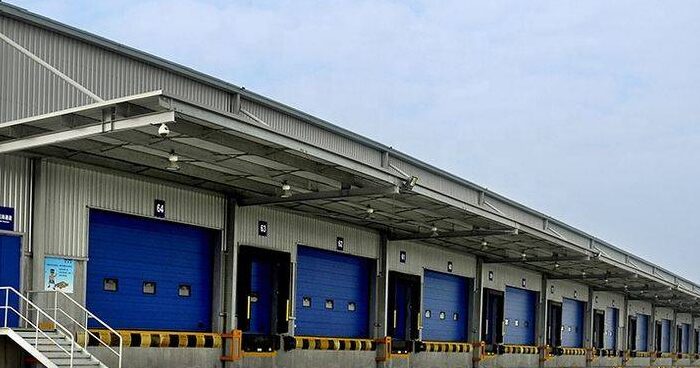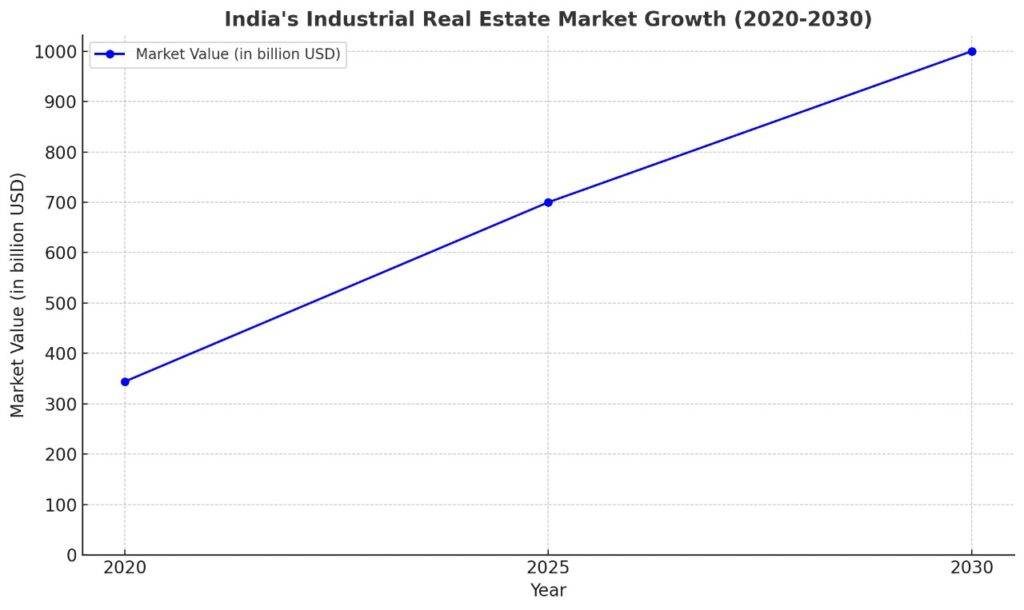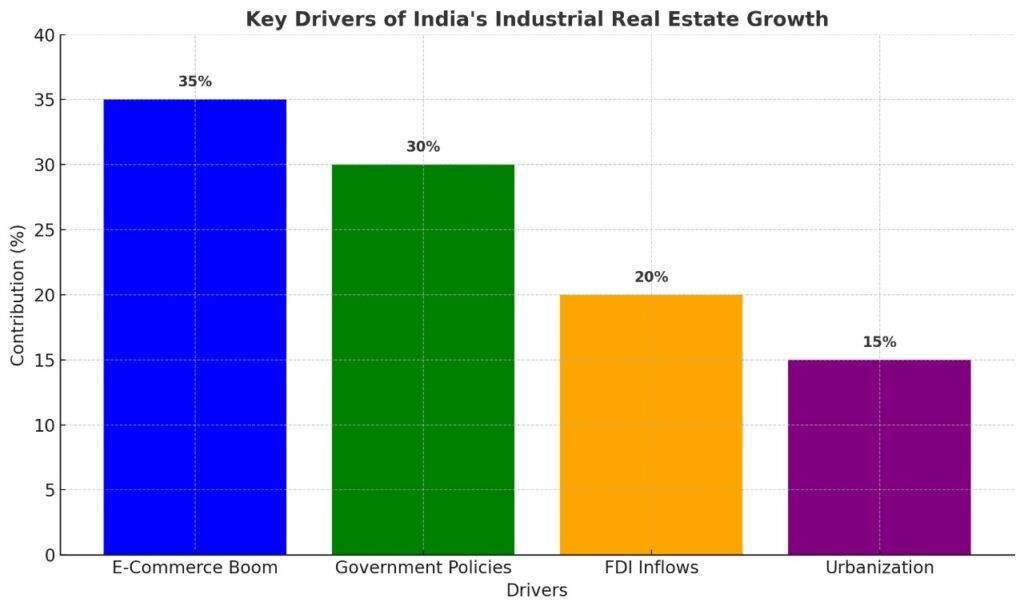
The Rising Demand for Industrial Plots
In the fast-paced world of industrial real estate, the demand for well-connected, strategically located plots is growing at an unprecedented rate. Whether you’re looking to set up a manufacturing...
In the fast-paced world of industrial real estate, the demand for well-connected, strategically located plots is growing at an unprecedented rate. Whether you’re looking to set up a manufacturing...
Industrial Plot for Sale in Noida: A Perfect Opportunity for Investors and Businesses Noida has emerged as a leading hub for industrial and commercial real estate in India. Its...
The booming real estate market in Noida, driven by industrial expansion and its proximity to the Noida International Airport, has made warehouse land a highly lucrative investment opportunity. For...
Finding the perfect residential plot is more than just a transaction — it’s a step toward building the home you’ve always envisioned or making a smart investment for the...
Noida, one of India’s most dynamic cities, has emerged as a lucrative commercial real estate investment destination. The city’s status as a hub for IT parks, retail spaces, and...
India is undergoing a profound transformation in its industrial sector, with foreign direct investments (FDI) surpassing $10 billion. This inflow underscores the nation’s growing appeal as a manufacturing and...
India’s industrial real estate market is on the brink of a transformative decade. With the sector expected to reach a staggering valuation of $1 trillion by 2030, it is becoming a crucial pillar of the nation’s economy. A combination of policy support, infrastructure upgrades, foreign investments, and the ever-expanding role of e-commerce drives this growth. In this blog, we explore the drivers of this growth, key market trends, emerging opportunities, and the challenges that lie ahead.

In 2020 India’s industrial real estate market was approximately $344 billion. With a compound annual growth rate (CAGR) of 8-10%, it is poised to triple its valuation by 2030. This exponential growth underscores the critical role of industrial real estate in accommodating manufacturing, logistics, and warehousing needs.
The rise of e-commerce giants like Amazon, Flipkart, and Reliance Retail has accelerated the need for warehouses and fulfillment centers. Modern warehouses, equipped with advanced technology for inventory management and automation, are being constructed in strategic locations near urban centers.
India has become a magnet for foreign investors due to its economic reforms and growing consumer market. The relaxation of FDI norms in the real estate sector has encouraged multinational corporations to invest in industrial real estate, leading to the development of world-class industrial parks.
India’s urban population is set to reach 600 million by 2031. This demographic shift drives demand for consumer goods, manufacturing facilities, and supporting infrastructure, all of which require industrial spaces.
Key Trends Shaping the Sector

Industrial parks are being designed with sustainability and technology at their core. IoT-enabled facilities, renewable energy sources, and advanced logistics systems are becoming the norm. These smart parks are attracting environmentally conscious businesses and global players.
As land prices in metropolitan areas soar, developers are turning to Tier-II and Tier-III cities like Indore, Lucknow, and Coimbatore. These cities offer affordable land, improving infrastructure, and a skilled workforce, making them ideal for industrial investments.
3. Growth of Freehold Land Options
Freehold industrial plots are gaining popularity due to their flexibility, ease of ownership, and reduced regulatory hurdles. These plots are particularly attractive to companies with long-term strategic goals.
Environmental, Social, and Governance (ESG) factors are influencing investment decisions. Developers are constructing energy-efficient buildings, incorporating solar energy solutions, and using sustainable construction materials to align with global ESG standards.
Despite its promising growth trajectory, the sector faces certain challenges:
Opportunities for Investment
With the rise of Real Estate Investment Trusts (REITs), domestic investors can now invest in industrial real estate assets with relatively low capital. REITs focusing on warehousing and logistics are gaining popularity for their stable returns.
India’s integration into global supply chains presents a lucrative opportunity for foreign investors. Logistics, manufacturing hubs, and warehousing facilities are high-growth areas with long-term potential.
Infrastructure plays a pivotal role in the growth of industrial real estate. Mega projects like the Delhi-Mumbai Industrial Corridor (DMIC), dedicated freight corridors, and expressways like the Purvanchal Expressway are creating opportunities for industrial development. Enhanced connectivity reduces logistics costs and improves efficiency, making India more competitive on the global stage.
Why 2030 is a Turning Point

The $1 trillion projection for India’s industrial real estate market by 2030 isn’t just a number; it’s a reflection of India’s transformation into a global economic powerhouse. Factors contributing to this milestone include:
India’s industrial real estate market is entering a golden era of growth, innovation, and opportunity. The convergence of favorable policies, technological advancements, and infrastructure upgrades makes this sector an attractive proposition for investors and businesses alike.
As the market races toward the $1 trillion mark by 2030, now is the time for stakeholders to capitalize on its potential. Whether you’re a domestic investor eyeing REITs or a global player planning to expand operations, the opportunities in India’s industrial real estate sector are immense.
For expert guidance and access to industrial plots in key locations like Greater Noida and Ghaziabad, explore PlotWalla, your trusted partner in industrial real estate.
Copyrights Reserved @2024
WhatsApp us